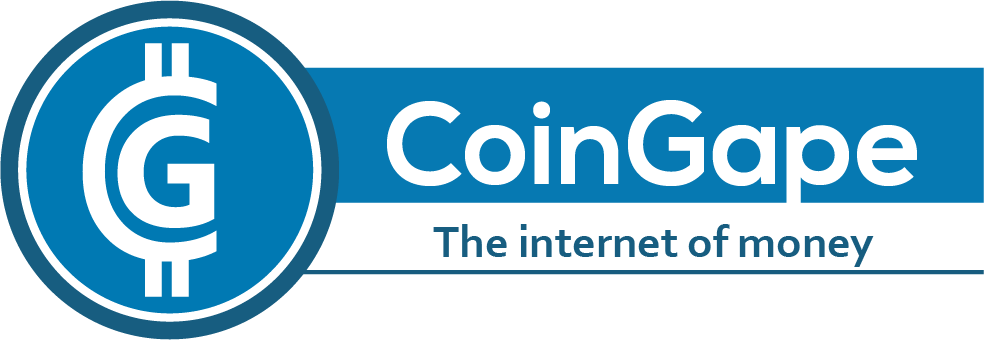
Coinbase revealed that nearly 90% of crypto assets evaluated fail to meet its listing standards. The platform employs a thorough review process involving legal, compliance, and technical checks conducted by the Digital Asset Support Group (DASG).
The process ensures only assets with robust fundamentals, security, and liquidity are approved. Despite DASG approval, further business analysis is required to evaluate factors such as market demand, social sentiment, and project development.
Coinbase Listing Funnel: Rigorous Review Process
On Jan 15, Coinbase shared a structured and multi-step process for listing crypto assets on X. The first stage involves an analysis and review by the Digital Asset Support Group (DASG). This group evaluates assets against strict legal, compliance, and technical standards. Their goal is to ensure only secure, compliant, and robust projects pass this phase. Around 90% of the assets reviewed fail to meet these rigorous standards.
After DASG approval, the assets undergo a business analysis process. This step includes assessing customer demand, trading volume, and liquidity. The traction of the token or application, including the number of holders and market cap, plays a significant role. Additionally, qualitative factors, such as the project team’s track record, social sentiment, and the distribution mechanism of tokens, are considered. The integration of native blockchain assets requires longer timelines due to higher technical complexity.
Asset Prioritization and Selection Process
Coinbase categorizes assets into tokens, native blockchain assets, and pre-launch tokens for prioritization. Tokens adhering to standards like Ethereum ERC20 or Solana SPL are fast-tracked due to easier integration. Native blockchain assets, on the other hand, require extensive technical effort and are prioritized based on market cap and trading volume across exchange products like Custody and Exchange.
Post-review, The exchange monitors listed assets to ensure they continue to meet listing standards. Reasons for delisting may include failure to comply with legal or technical requirements, low trading volumes, or lack of development by the project team. The exchange also reviews liquidity and trading activity to maintain high standards for its users. These measures safeguard the platform’s reputation and user trust.
Coinbase Exchange Volume and Recent Listings
Coinbase, one of the largest U.S.-based crypto exchanges, recorded $17 billion in futures trading volume as per Coinglass, reflecting a 25% decline over the last 24 hours. Bitcoin pairs dominated the trading activity with $15 billion in volume, while open interest for Bitcoin reached $129 million today, highlighting the platform’s leading role in the crypto market.
Listings on one of the top crypto exchanges often result in notable price surges for tokens. For instance, Toshi (TOSHI) experienced a remarkable 200% price increase after being added to Coinbase’s roadmap. At the time of writing, Toshi’s price stood at $0.0002331, with a market cap of $98 million and a 24-hour trading volume of $65 million. The platform’s ability to boost token visibility and accessibility is evident from such price movements.
The exchange native stock, COIN price was trading at $255 with a 4% gain in the last 24 hours. The stock’s market cap is currently at $64 billion. As it continues to dominate the U.S. crypto landscape, its influence on trading volume, token listings, and market dynamics remains critical to the industry.
The post 90% of Crypto Assets Reviewed Do Not Meet Listing Standards: Coinbase appeared first on CoinGape.

 9 months ago
60
9 months ago
60




 English (US) ·
English (US) ·